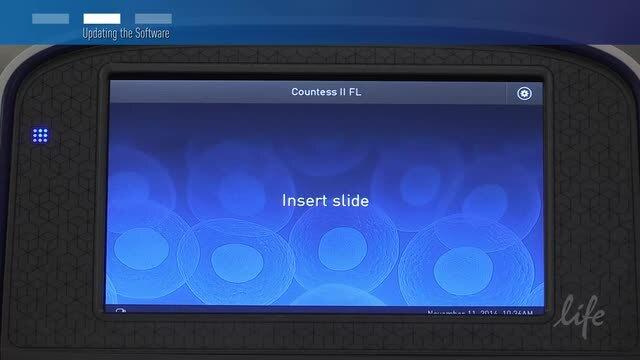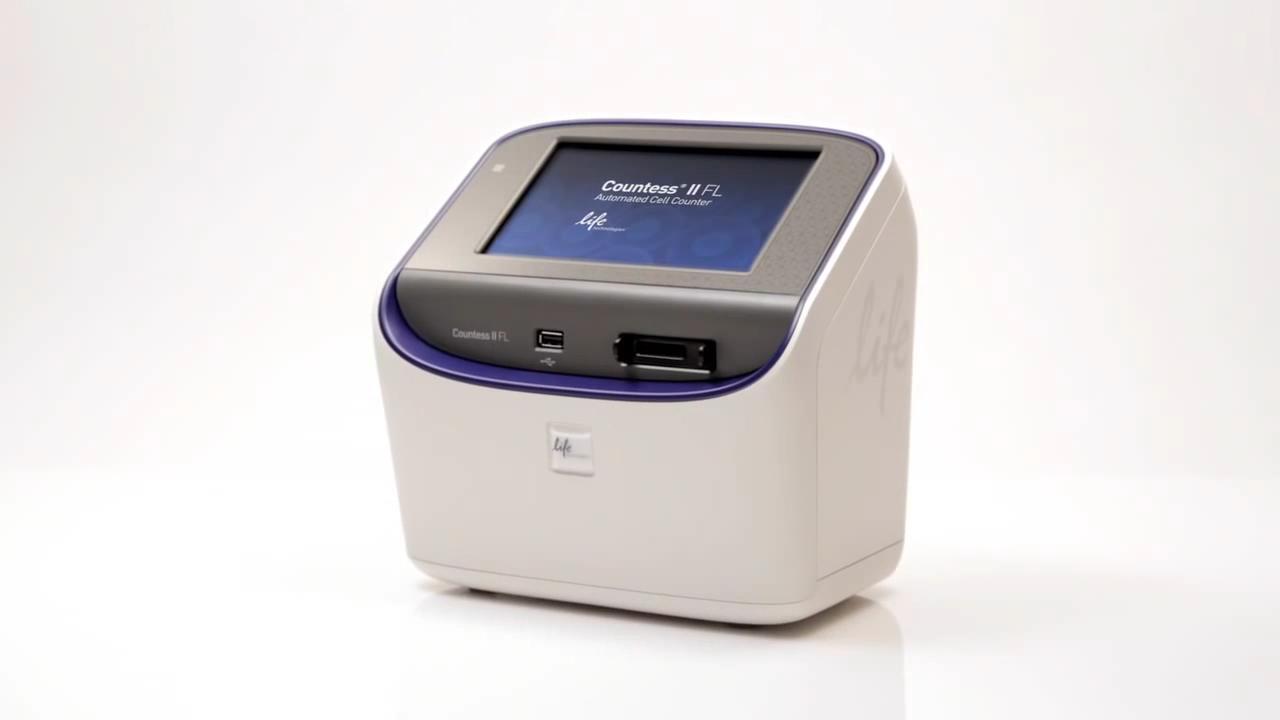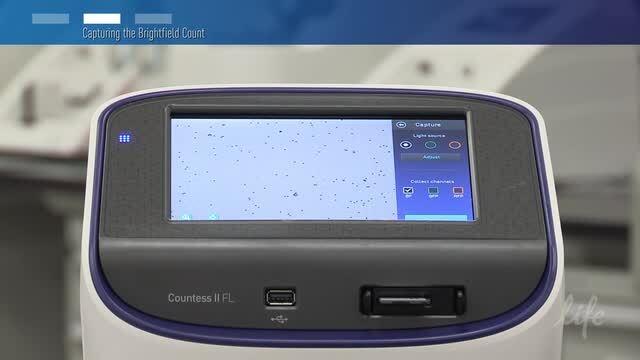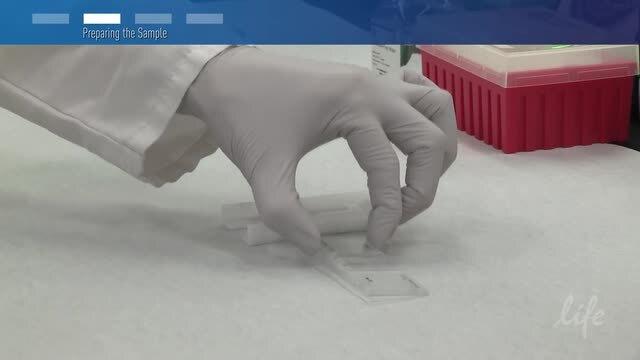Search Thermo Fisher Scientific
.png)
Support for Countess II Automated Cell Counters: online and downloadable materials
The manuals, brochures, application notes, downloads, demos, videos, and other resources in this section will help you get the most out of your Countess II Automated Cell Counter.
Documentation and literature
Countess II
Countess II FL
Environmental benefits fact sheet
FAQs
Best practices
Flow cytometry/FACS
Automated vs manual cell counting
Viability assays
Apoptosis assays
Transfection/transduction efficiency
PBMC counting and viability
Genome editing
CAR-T cell culture QC
Adipogenesis
Customer stories
Videos
Software updates
To download the latest software for Countess II Automated Cell Counters, see our Software Download page. Then view the software update how-to video in the Videos section of this page.
Educational resources
Educational resources for Countess Automated Cell Counters include an abundance of materials on cell imaging, cell counting, and cell culture. For training courses taught at your site and online, see Services.
Verified cell lines
Cell lines verified on the Countess II Automated Cell Counters
Cell type |
Organism |
Tissue/organ source |
Cell size (diameter) |
|---|---|---|---|
A431 |
Human |
Skin |
15.5 μm |
Adipocytes |
Human |
Adipose-derived stem cells |
13 μm |
Aortic smooth muscle |
Human |
Smooth muscle |
20 μm |
Blood, whole lysed |
Human |
Blood |
NA |
CHO-M1WT2 |
Chinese hamster |
Ovary |
NA |
CHSE |
Chinook salmon |
Embryo |
16–17 μm |
COLO-205 |
Human |
Colon |
NA |
COS-7 A |
Human |
Kidney |
NA |
HEK293 |
Human |
Kidney |
13 μm |
HeLa |
Human |
Cervix |
NA |
HepG2 |
Human |
Liver |
18 μm |
HL-60 |
Human |
Blood |
NA |
J774A.1 |
Mouse |
Blood |
13–14 μm |
Jurkat |
Human |
Blood |
12 μm |
K562 |
Human |
Bone marrow |
NA |
MCF-7 |
Human |
Breast |
20–24 μm |
MRC-5 |
Human |
Lung |
18 μm |
NIH/3T3 |
Mouse |
Embryo |
18 μm |
PBMC |
Human |
Human |
7–8 μm |
PC-12 |
Rat |
Adrenal gland |
12–14 μm |
Pulmonary artery endothelial cells |
Human |
Blood vessel |
13 μm |
Pulmonary artery smooth muscle |
Human |
Smooth muscle |
20 μm |
SF-21 |
Insect |
Ovary |
NA |
U266 |
Human |
Blood |
12–13 μm |
U2OS |
Human |
Bone |
NA |
Umbilical vein endothelial cells |
Human |
Blood vessel |
17 μm |
Citations
Register your instrument
Register your instrument to receive notifications of software and firmware updates.
For Research Use Only. Not for use in diagnostic procedures.




